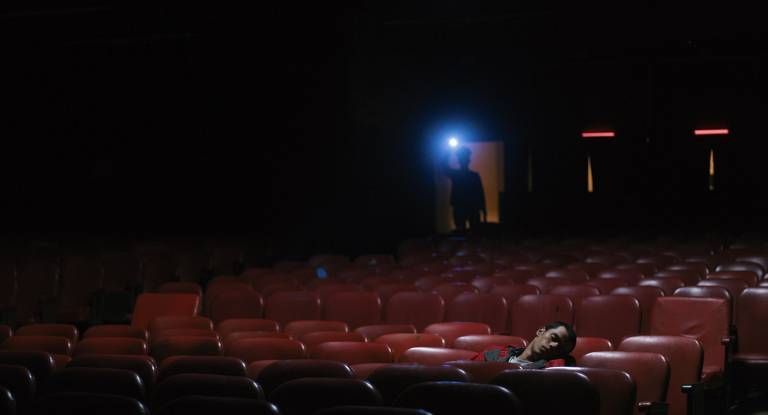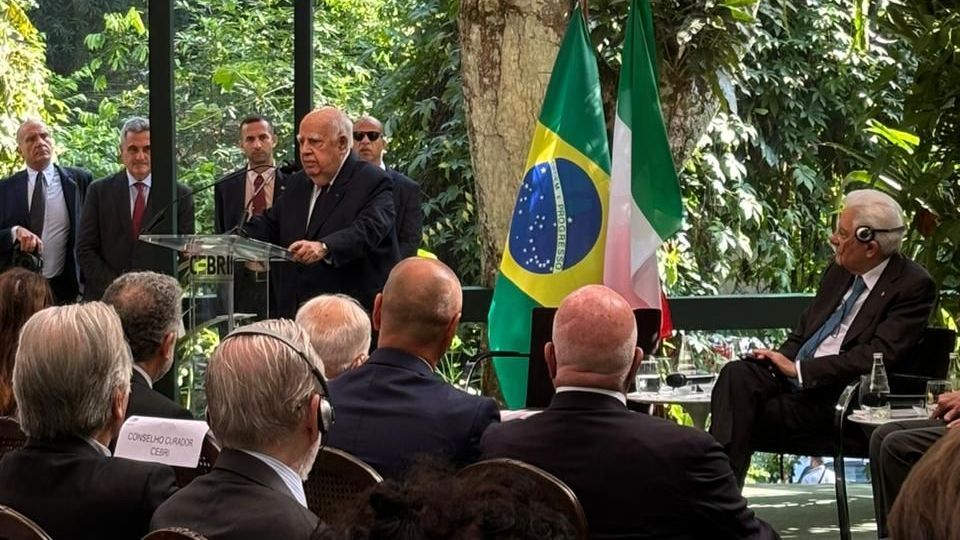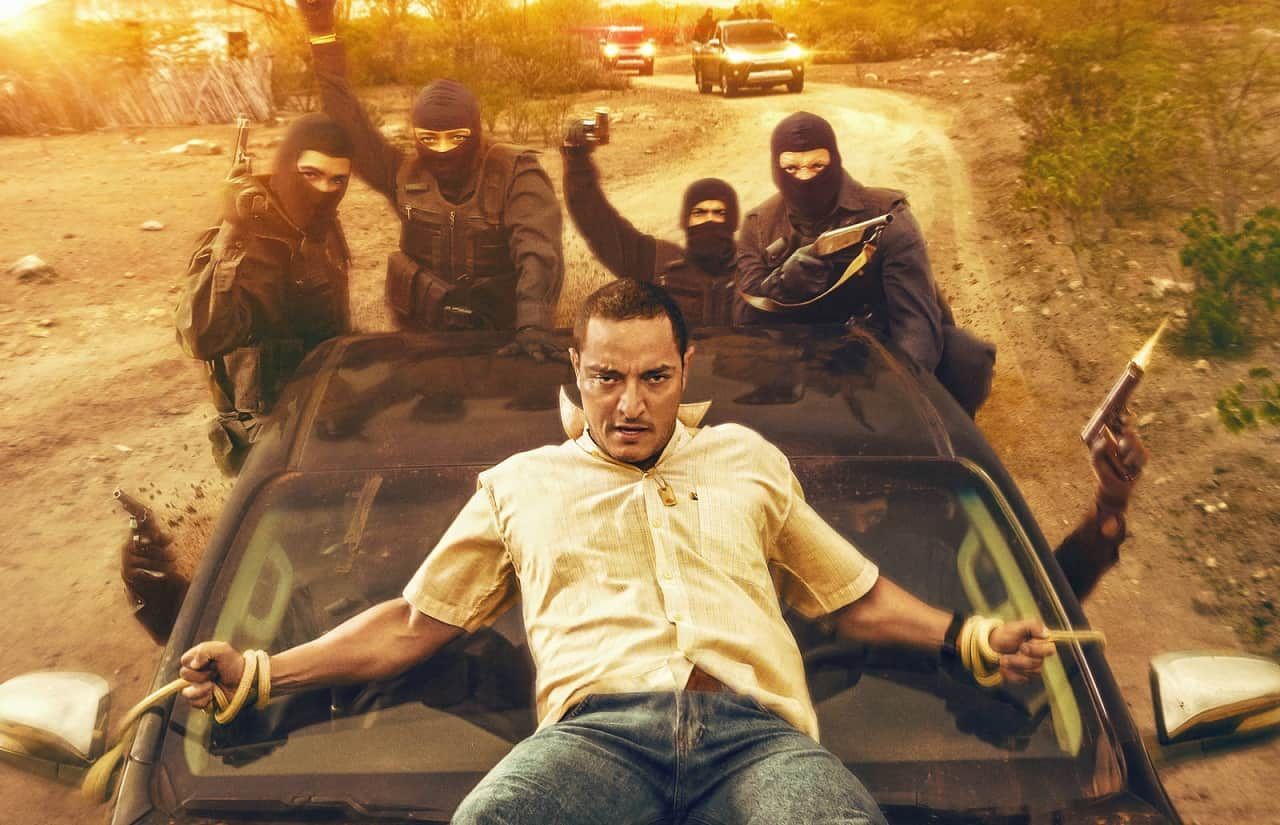How to Save the Amazon: Dom Phillips' Final Environmental Legacy
How to Save the Amazon: Dom Phillips' Final Environmental Legacy

At the Feira do Livro 2025, held in the Armando Nogueira auditorium at Pacaembu Stadium, São Paulo, a somber yet powerful tribute marked the launch of How to Save the Amazon, the second book by British journalist Dom Phillips.
The event, part of a series of homages to Phillips since his murder in 2022, reflected both the enduring grief over his loss and the urgent call to continue his environmental journalism work. Three years after Phillips and indigenous expert Bruno Pereira were killed in the Javari Valley, the mood remained heavy, with attendees grappling with the persistent threats to the Amazon and its environmental defenders.
The Collaborative Vision Behind the Amazon Conservation Book
How to Save the Amazon represents a groundbreaking collaborative effort in environmental journalism, born from Phillips' unfinished manuscript and brought to completion by a dedicated group of journalists, including Jonathan Watts, Eliane Brum, Tom Phillips, and others. Drawing on Phillips' extensive notes, interviews, and his iconic, barely legible notebooks, the book weaves together his four completed chapters with six additional ones crafted by his peers.
This collective endeavor mirrors the book's core message: saving the Amazon requires collaborative, multifaceted efforts, not singular solutions. As Phillips intended, the provocative title is not a promise of answers but a spark to ignite global conversation about the region's future and Amazon conservation strategies.
The writing process was a labor of love and solidarity. After Phillips' death, Alessandra Sampaio and a team of 36 contributors, including journalists, editors, and photographers, worked without compensation to honor his vision. They meticulously followed his footsteps, revisiting places like the Yanomami territory and interviewing the same sources to ensure fidelity to his ideas. The book captures Phillips' enchantment with the Amazon, his final social media post called it "sua linda" (so beautiful), while unflinchingly addressing the violence and impunity that threaten environmental activists.
Environmental Journalism's Evolution Through Dom Phillips' Work
Phillips' evolution as an environmental journalist shines through in the book, demonstrating the maturation of a reporter committed to amplifying diverse voices in Amazon conservation. Known initially for his work on electronic music at MixMag and later freelancing for outlets like The Guardian and The Washington Post, Phillips matured into a reporter with a deep commitment to amplifying diverse voices: indigenous communities, scientists, and even those entangled in the Amazon's complex economic cycles.
His approach was grounded in a journalist's responsibility to report facts with rigor and empathy, a trait evident in his interactions with everyone from Yanomami leaders to small-scale farmers. His widow, Alessandra Sampaio, emphasized his ability to listen intently, noting that Phillips saw value in every story, regardless of the teller's background, a crucial skill in environmental reporting that seeks to understand all stakeholders in Amazon conservation efforts.
This evolution from music journalism to environmental activism represents a broader trend in modern journalism, where reporters increasingly recognize their role in addressing climate change and environmental destruction through rigorous, fact-based reporting that centers indigenous voices and local knowledge.
Brazil's Ongoing Amazon Crisis and Conservation Challenges
Despite a change in Brazil's government, the event underscored a grim reality: the Amazon remains a battleground for environmental protection. Tom Phillips, a Guardian correspondent and contributor to the book, shared that the Javari Valley is still perilous, with organized crime expanding its grip, as evidenced by faction symbols now marking urban areas.
Just days before the launch, the government held a mining rights auction in the Amazon, raising concerns about its commitment to environmental protection as the COP30 summit approaches in Belém. Sampaio expressed hope that indigenous and local voices would resonate at the summit, amplifying the region's urgent needs for sustainable Amazon solutions.
The book does not shy away from Brazil's challenges, including the lack of political will to curb impunity and protect environmental defenders. Brazil remains the second most lethal country for environmental activists. Speakers noted that if Phillips and Pereira were to return to the Javari Valley today, they would likely face the same fate: a sobering reminder of the ongoing dangers facing those who document Amazon conservation efforts.
Yet, How to Save the Amazon is a testament to resilience. It serves as a platform for the Amazon's peoples, whose knowledge and resistance are vital to its survival, and a call to action for readers to engage in the fight for environmental justice and sustainable conservation practices.
The Dom Phillips Institute's Continuing Mission
Sampaio, who leads the Dom Phillips Institute to promote education and amplify Amazonian voices, sees the book as Phillips' lasting message in environmental activism. "The seed is planted," she said, reflecting on the institute's work with Javari Valley youth and the book's potential to inspire change in Amazon conservation efforts.
The institute continues Phillips' mission by supporting young indigenous leaders who seek greater political and social education to become protagonists in decisions affecting their territories. This work represents a practical application of the collaborative approach that Phillips championed, empowering local voices to lead their own conservation efforts rather than imposing external solutions.
The launch was not just a commemoration but a continuation of Phillips' mission, ensuring his voice and the Amazon's, endures through both the book and the institute's ongoing work. The event demonstrated how environmental journalism can transcend individual reporters to become a collective movement for change, with Phillips' legacy inspiring continued coverage of Amazon conservation challenges and indigenous rights.
Through this collaborative book project and the institute's educational initiatives, Phillips' approach to environmental reporting, centered on listening, collaboration, and amplifying marginalized voices will continue, I hope, to influence how journalists and activists approach Amazon conservation in an era of increasing environmental and political challenges.
Further links
For those seeking deeper insight into Phillips' story, The Guardian's podcast series "Missing in the Amazon" provides comprehensive coverage of the events leading to his disappearance: https://www.theguardian.com/technology/audio/2025/jun/05/missing-in-the-amazon-episode-one-the-disappearance-podcast
Share this story:
Get the latest news straight into your inbox!
Contact Us
Read another story













